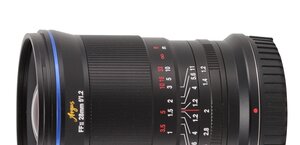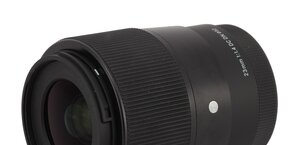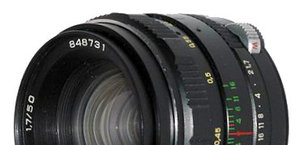50 years of Nikon F-mount – Nikkor-S 5 cm f/2 vs. Nikkor AF 50 mm f/1.8D
4. Image resolution
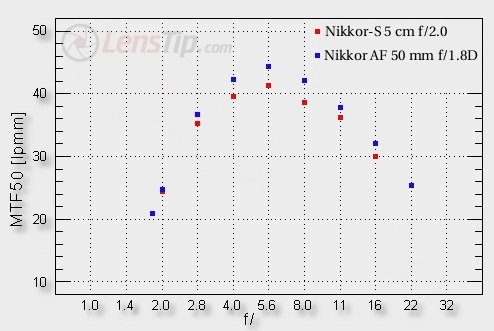
Once again the situation is curious because here we have a situation exactly opposite to the Nikkor-S 5.8 cm f/1.4 and Nikkor AF-S 50 mm f/1.4G results, where the new lens was significantly better at the maximum aperture and came up to the same level with the old lens on stopping down.
Please Support UsIf you enjoy our reviews and articles, and you want us to continue our work please, support our website by donating through PayPal. The funds are going to be used for paying our editorial team, renting servers, and equipping our testing studio; only that way we will be able to continue providing you interesting content for free. |
- - - - - - - - - - - - - - - - - - - - - - - - - - - - - - - - - - - - - - - - - - - - - - - -
This time, by f/2.0 and f/2.8 it is difficult to distinguish between the old lens and the new. The Nikkor AF 1.8/50 is one of the sharpest Nikon lenses, which, by f/5.6 almost breaks resolution records. It is clearly seen that the older Nikkor –S just can’t match these achievements and by f/4.0 – f/8.0 it reaches the results worse by 3-4 lpmm. It doesn’t change the fact, though, that it can generate very sharp shots and even by today’s standards it can be deemed a very good optical instrument.
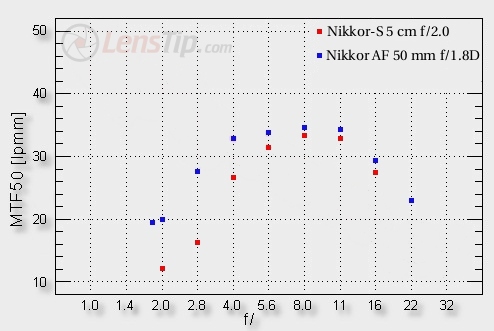
There are no surprises at the frame edge, though. Here, the older lens yields to the new at all apertures and near the maximum aperture the difference is really huge because it reaches 10 lpmm. Only starting with f/5.6 both lenses show similar quality pictures but still the new instrument slightly prevails. We don’t wonder at such results. There are simply more problems to overcome when the light falls at an angle towards the optical axis. In the case of the old lens the transmission decreases quicker as the old coatings are less efficient. Apart from that, the optics itself is designed to cooperate with a photographic film, which performance is totally different from the CCD OR CMOS sensors, due to its spectrum characteristics and the different behaviour, depending on the angle of incidence.
Test charts are one thing but it is always worth checking how the situation looks in real pictures’ crops. A quite vivid comparison, (based on JPEG files without sharpening) is presented below. In fact, it fully confirms what we wrote above.
| Frame center - f/2.0 | |||
|
|
|
||

|

|
||
| Frame center - f/5.6 | |||
|
|
|
||

|

|
||
| Frame edge - f/2.0 | |||
|
|
|
||
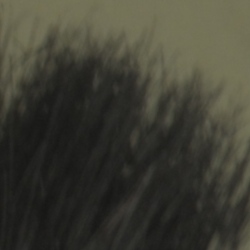
|
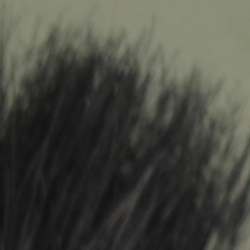
|
||
| Frame edge - f/5.6 | |||
|
|
|
||
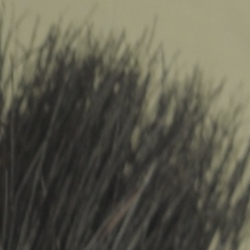
|
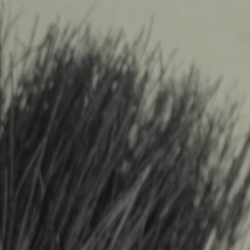
|
||




